The Arrival and Leaving of Liverpool
Across the sea from Ireland lies the city of Liverpool, a busy port that has long been a departure point for the Irish immigrant. In this letter we will meet some Irish that did not leave from Liverpool, but rather settled and raised descendants that you may know well.
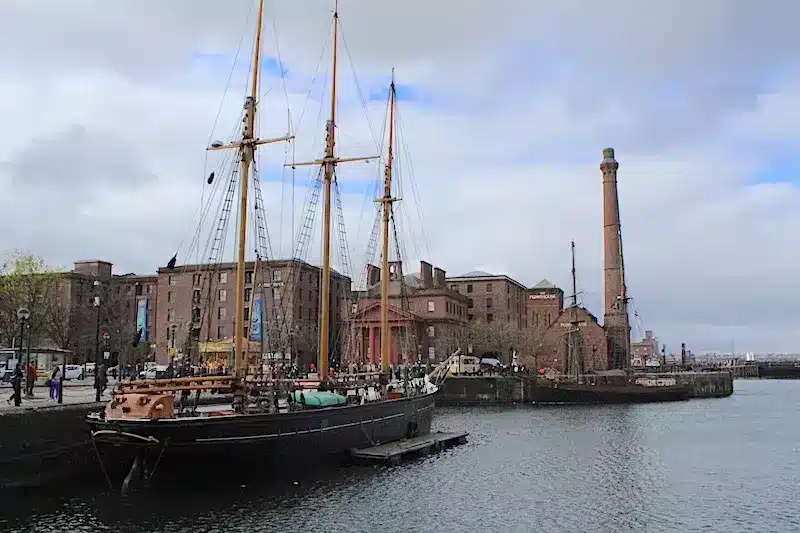
Just last September, one of our Green Room members, Eunice Hawkins visited the City of Liverpool on the west coast of England, and compiled a wonderful “trip report” that reminded us of the so many links between Ireland and Liverpool:
“Interesting visit yesterday! Liverpool has 2 cathedrals – the gothic designed Anglican, and the RC – Metropolitan Cathedral of Christ the King which was built in the 1960’s and is affectionately referred to by the locals as Paddy’s Wigwam or the Mersey Funnel! If you know anything at about Liverpudlians, it will no doubt feature aspects of their unique humour! So what is it? Built on the site of a Poor house (work house) that took in Liverpool’s poorest and destitute people. By the mid 1800’s over half a million Irish people came to Liverpool from Dublin or Cork, to either travel onwards to America. Many Irish people simply stayed in Liverpool and worked on the docks and canals etc. and most people in Liverpool today can tell you of their Irish roots.
Those who didn’t “make it” often ended up in the local poorhouse. By 1900 there were over 4000 people incarcerated there. After the poorhouses were dissolved with the Relief Acts, the building was razed to the ground, but then the land was bought, with contributions from the public – many of whom were Irish – and the foundation stone laid in 1904 even though it was not fully built until the 1960s.
So if ever you are in Liverpool, go and see this very different building! There are three great big books containing names of all those who donate anything at all – and you can still do that, to pay for upkeep etc – but if you look you will still see many names of Irish people.”
Eunice Hawkins
Thank you very much for painting that wonderful picture – and a reminder, Eunice, of just what a significant part the City of Liverpool played in the lives of many of our ancestors.
The Rising of Liverpool.
It is thought that the name “Liverpool” comes from “Lieurpul”, meaning “murky pool” in English. If this is the case, it ties in nicely with it’s sister city across the Irish sea – Dublin comes from the Irish “Dubh Linn” also meaning “dark or murky pool”.

Slavery was finally abolished in the British colonies by 1833, but by that time Liverpool had become a major industrial and financial centre in the British Empire.
The Leaving of Liverpool.
The Great famine of the mid-1840s in Ireland, triggered an exodus of Irish from their impoverished homelands. It is estimated that 300,000 Irish arrived in Liverpool during the year of 1847 alone. Liverpool was a destination city for these Irish – promising work on the large infrastructure projects happening all over the north-west of England. However, as Eunice pointed out, it was also a gateway to the other large cities of England, and onwards to the promise of a new life in Canada, the USA, Australia and beyond.
I always did like the sea-shanty – “The Leaving of Liverpool” – have you ever heard of it? It captures the sentiment of so many of the emigrants who left Liverpool and set off for a new life in the “new world”. Here we have a beautiful version by Tommy Makem and The Clancy Brothers:
However, as we mentioned earlier, many Irish remained in Liverpool – and by 1851 almost 25% of the population of the city were born in Ireland.
Three Irish-Liverpool Families.
Let’s look at just three of the families who left a harsh life behind in Ireland – and made their way to Liverpool in the early part of the 20th century.
First we have Owen Mohan, was was born in County Monaghan in 1880. Like many a young man and woman from the north of the island, he first emigrated to Glasgow, where he worked as a coal merchant and married an Irish girl by the name of Mary Theresa Danaher (a name that came from County Limerick originally). Shortly after their marriage, they followed the work – which brought them to the city of Liverpool – where they settled and raised a family.
On the other side of the country from County Monaghan – down in County Wexford – James Darby French and his wife, Ellen Whelan, shared a two acre farm with five children. As you might imagine, this was an extremely tough way of living, and when James and Ellen died, their children sold the farm and divided the proceeds between them. One of their children, John French, used his share to get on the boat to Liverpool where he signed up for the local police force. He met a local girl, Louise Woolam – and between them they started a family of seven children.
Finally, we meet an Irishman by the name of James Lennon. He was born and raised in Dublin, but made his way over to Liverpool for better prospects. After a number of years in Liverpool, he met and married Mary Anne Maguire just after the outbreak of the First World War in 1915. The couple started a family and remained in Liverpool for the rest of their lives.

The Mohans were the grandparents of Paul McCartney, the Frenches the grandparents of George Harrison, and the Lennons the grandparents of John Lennon. Sorry Ringo – I could not find your Irish connections!

So, thank you Eunice for your story, and inspiration for this letter – we really must head off to Liverpool and see that Cathedral you describe so eloquently.
That’s it for today – as always, do feel free to leave your responses below and share any questions or stories you might have yourself.
We’ll see you next week!
Slán, Mike and Carina


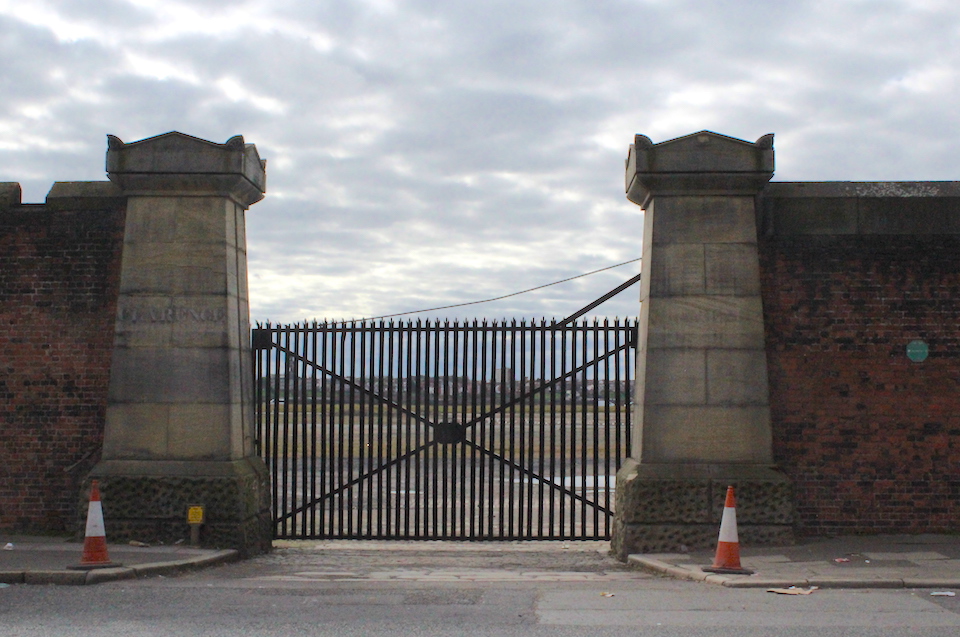
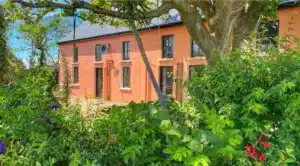
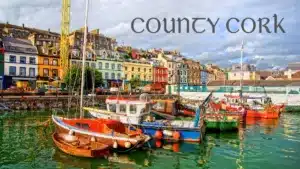
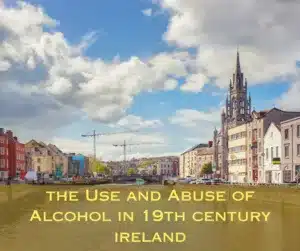
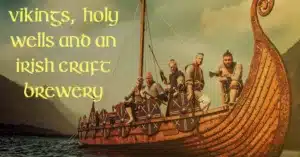
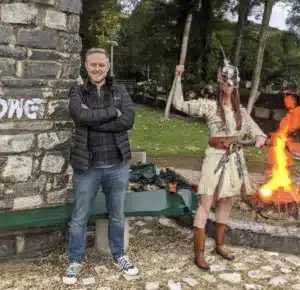
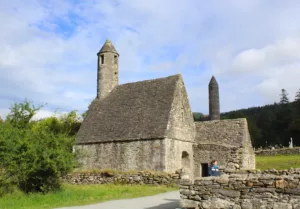
Only Plus Members can comment - Join Now
If you already have an account sign in here.